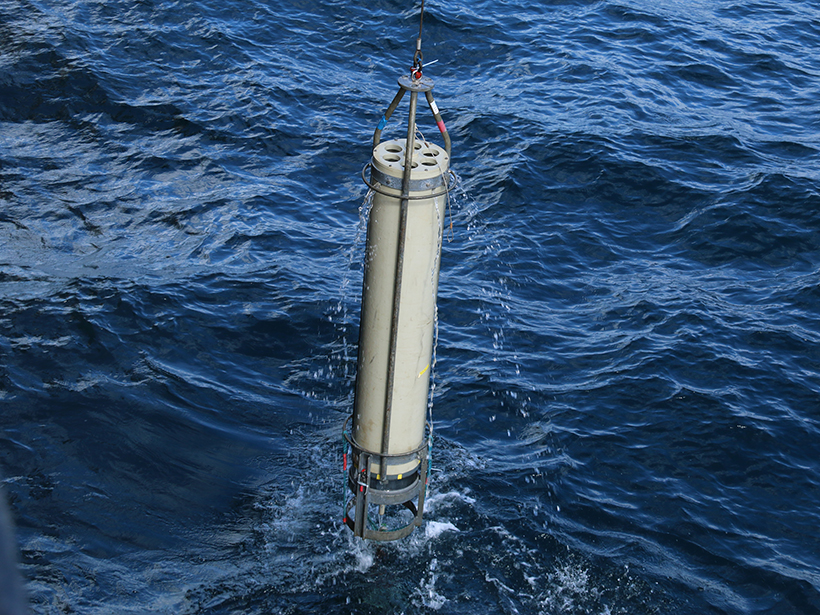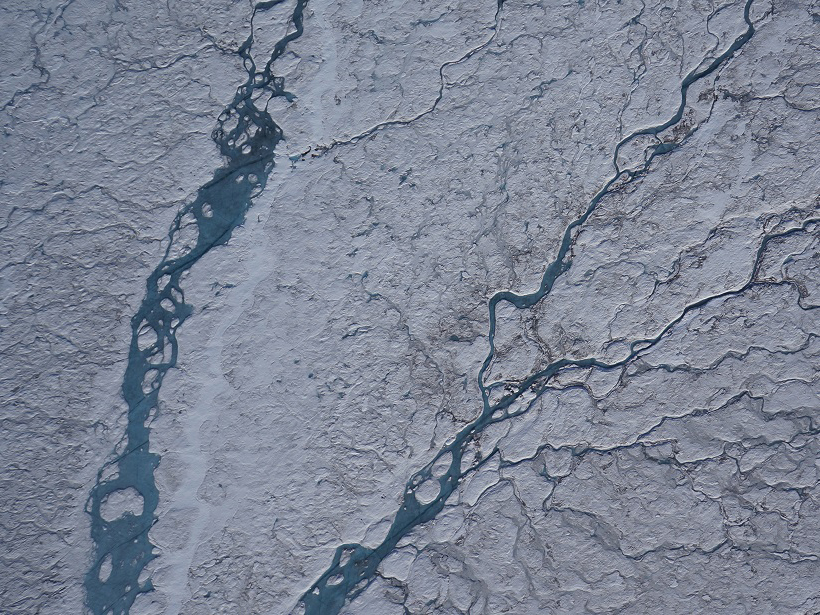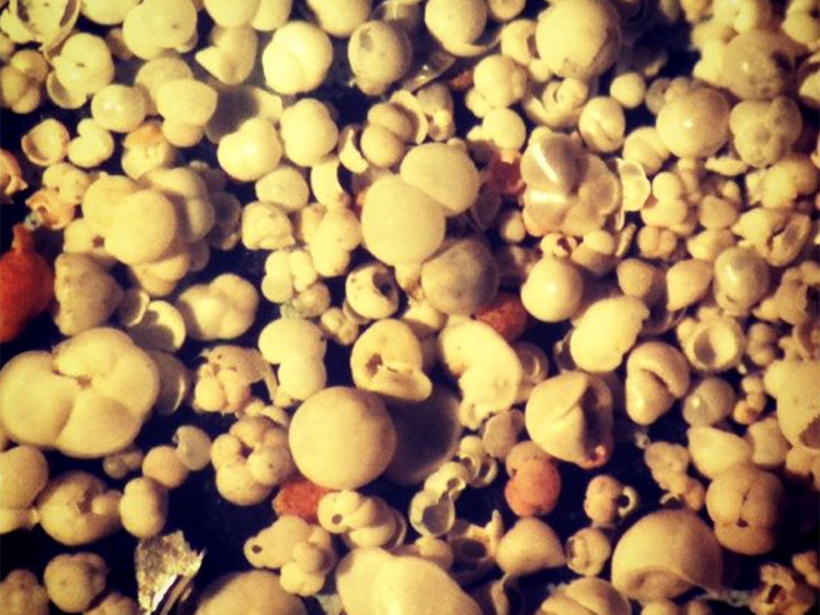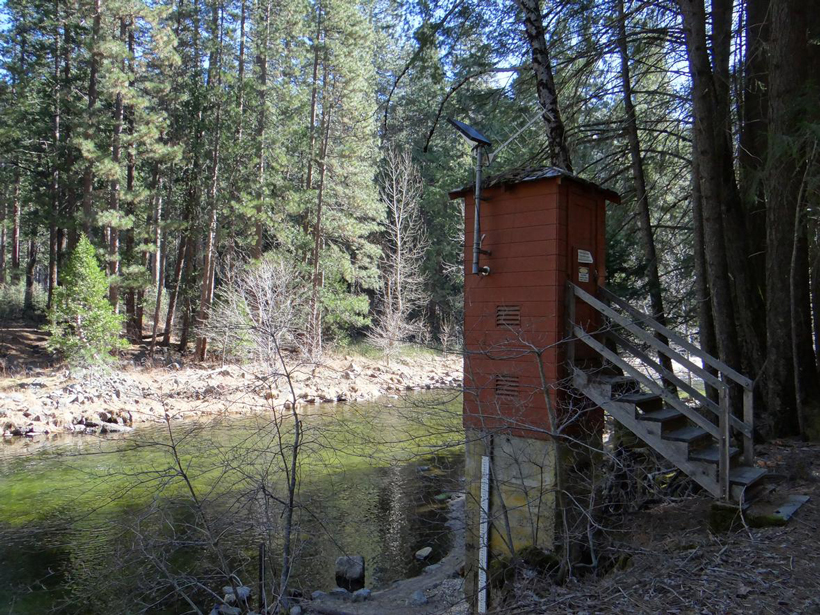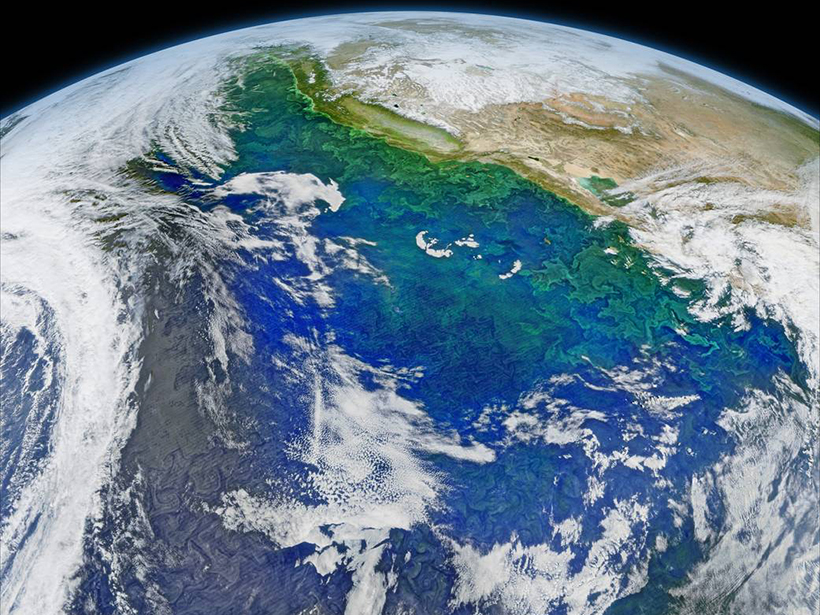2017 Joint NACP and AmeriFlux Principal Investigators Meeting; Bethesda, Maryland, 27–30 March 2017
Climate Change
A Diary of a Storm
When Hurricane Harvey struck Texas more than a week ago, an Eos staff editor based in Houston hunkered down. Here’s her day-by-day account of the storm and its aftermath.
New Evidence Challenges Prevailing Views on Marine Carbon Flux
Small, slow-sinking organic particles may play a bigger role than previously thought in the transport of carbon below the surface ocean.
Engineering New Foundations for a Thawing Arctic
Researchers experiment with new building supports to prepare the Arctic for rapid shifts in permafrost and ground stability.
Coastal Wetlands Effectively Sequester “Blue Carbon”
Mangrove forests, salt marshes, seagrass beds, and the like are carbon storage treasure troves.
On-the-Ground Measurements Overestimate Earth’s Albedo
Weather stations can be used to calibrate and validate albedo measurements from satellites, but they fail to account for variability across landscapes, overestimating how reflective our planet is.
Improving Our Understanding of El Niño in a Warm Climate
A new study seeks to bring together the strongest features of proxy data and climate models to reduce uncertainties in reconstructions of past El Niño behavior.
Improving Water Resources Management from the Ground Up
The key to sustainable water resources management isn’t satellite technology yet—it’s a new spin on time-tested rain and stream gauges.
Greenland Fires Ignite Climate Change Fears
The fires are stoking worries about the vast island’s thawing permafrost.
Powerful Pacific Forces Disrupt the California Current
Scientists create a 66-year data record to shed light on the role of El Niño in the California Current System’s shifting temperatures.



